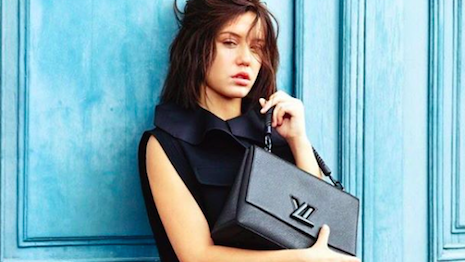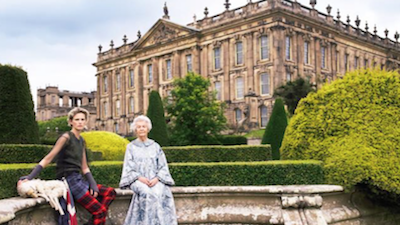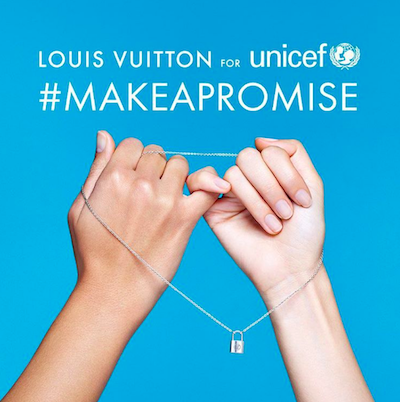NEW YORK – Louis Vuitton and Hermès dominated the top 10 most-valuable luxury brands in 2016, a difficult feat during a disappointing year for others, according to the global head of BrandZ.
During the session “Lessons Learned from the World’s Most Valuable Luxury Brands,” at Luxury FirstLook 2017: Time for Luxury 2.0 the executive explained that being a strong valuable brand brings back significantly more investment to shareholders. Luxury brands can make themselves strong and valuable through actionable strategies, such as through innovation.
“Many business leaders are telling us that in 2017 we need to compound stronger brands to drive better margins,” said Doreen Wang, global head of BrandZ. “So what is life blood of successful luxury brands and how can we continue to build stronger luxury brands in 2017?”
Luxury Daily produced Luxury FirstLook 2017: Time for Luxury 2.0
Valuable brands
Brands seeking to be a strong luxury brand should seek out innovation. However, this innovation needs to be seeable and useful to consumers, otherwise it does not exist to them.
For instance, Gucci was originally slipping in years past but recently the brand recreated its stores with bright designs and bold colors. This boasted well for the luxury apparel manufacturer in Asian markets because the move came across as innovative and unique.
Chanel was able to see positive movement in China after disappointing quarters when it started to focus on localization. The brand’s ads started to leverage products that did well in local markets, paired with celebrities well known in the respective areas.
Brands that balance innovation, creativity and brand experience effectively will see the most positive results.
BrandZ ranked the top ten valuable luxury brands as Louis Vuitton, Hermes, Gucci, Chanel, Rolex, Cartier, Burberry, Prada, Tiffany and Dior, in that order.
It is highly important for brands to try to be valuable. During the drop in the economy in the previous decade, valuable brands bounced back within a year compared to average brands that took four years.
Brand examples
Louis Vuitton has become one of the most valuable brands because of its strategy. For instance, recently the French apparel and accessories house is renewed its pledge to children’s charity UNICEF by getting its global store network involved in the cause.
The inaugural #MakeAPromise Day on Jan. 12 is an extension of the brand’s three-year partnership with the organization, transforming its 12,000 client advisors into advocates for the initiative. Since linking with UNICEF last January, the label has raised $2.5 million, aiding the nonprofit’s work improving the lives of some of the youngest Syrians and Nigerians (see more).
French fashion house Hermès’ iconic Birkin bag is boding well for investors, as twice this year the purse style broke its previous record for most-expensive handbag sold, according to Baghunter.
A new report from Baghunter is detailing how 2017 might be a smart year for investors of the Birkin bag, as 2016 saw an average annual return of 14.2 percent compared to the Standard & Poor 500 of a nominal 11.66 percent. The fashion house will be scaling back production of the bag to preserve its second-hand value and exclusivity through 2017 (see more).
“2016, as we all know in this room was a challenging year for luxury brands,” Ms. Wang said. “As the demand growth is quite limited, the margin has a big infraction.
“Many brands started to revisit their strategy and make commitment the brand’s productivity and the store productivity,” she said. “But not all of these luxury brands are going to do better in 2017.”
from Apparel and accessories – Luxury Daily https://www.luxurydaily.com/strong-luxury-brands-see-significantly-more-returns-for-shareholders-brandz/
via Your #1 Source to Finding Luxury & Designer Goods, Handbags & Clothes at or Below Wholesale: Click Here.



No comments:
Post a Comment